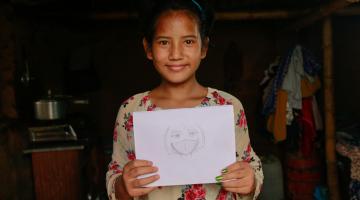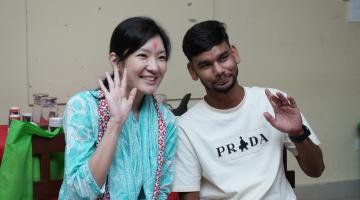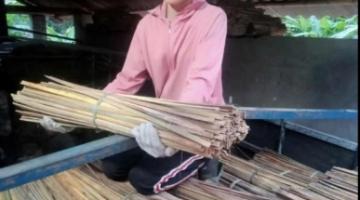Culture, Food and Traditions in the Philippines
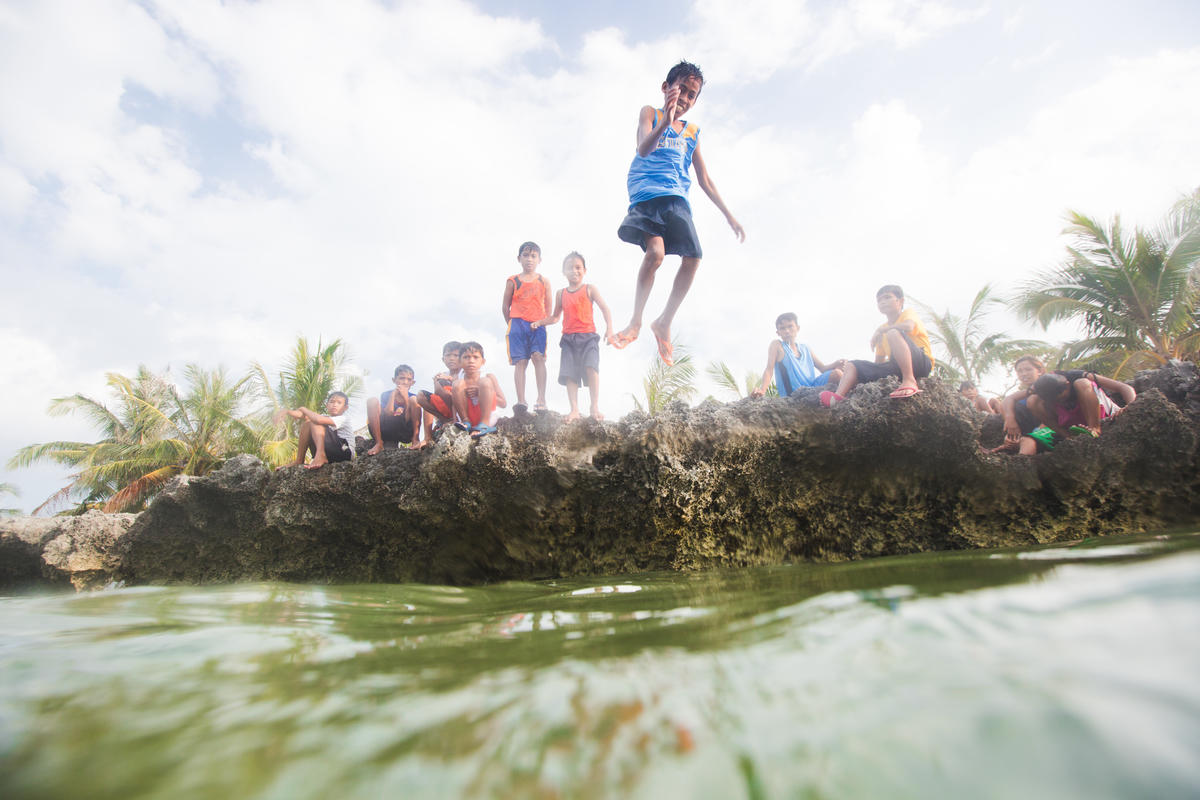
Demographics:
The Philippines is also one of the most populated countries - adding up to 109 million. The Philippines is an archipelago made up of over 7000 islands, which are broken up into three categories - north, central and south. With more than 7,614 islands that make up the country, the Philippines is a haven for beach lovers and foodies alike. While this country is becoming a must-visit tourist destination, there are also far-flung areas that need World Vision’s help. Infant mortality rates are improving with 21.4 deaths per 1,000 live births in 2018 from the 30.4 deaths per 1,000 live births in 2012.
Greetings:
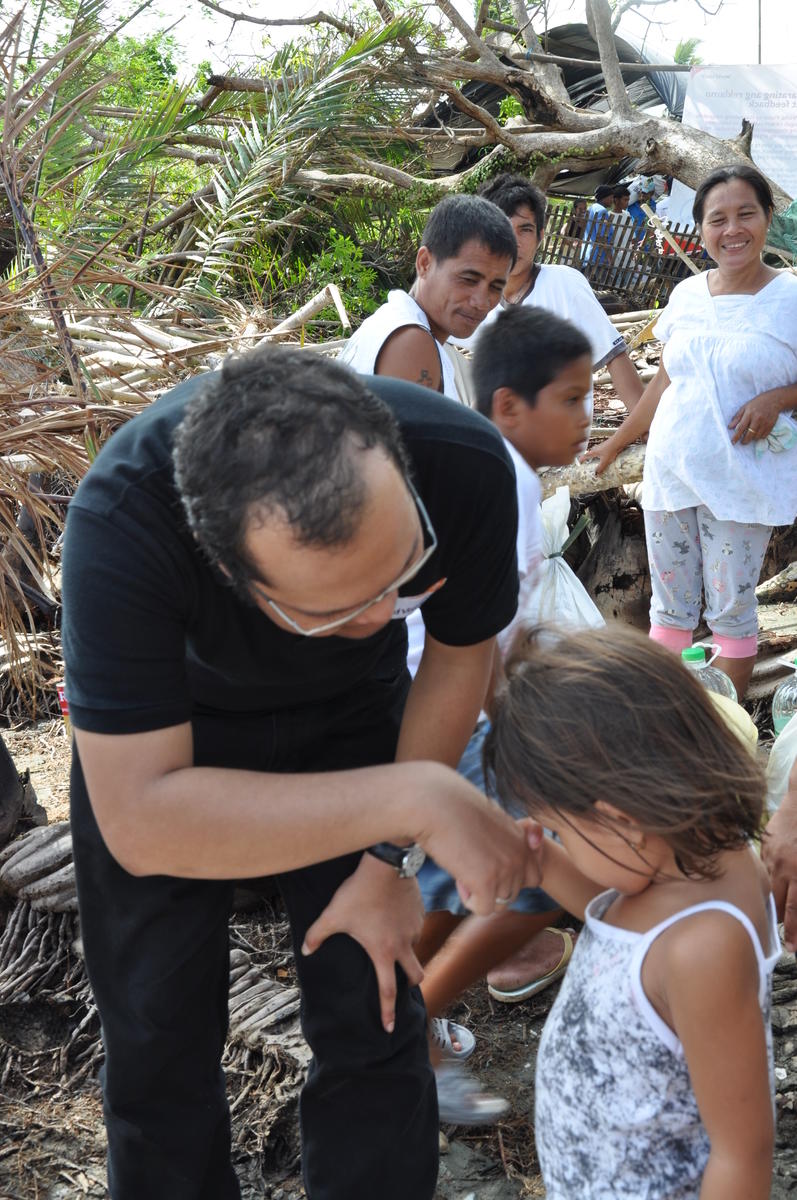
Mano is a gesture of respect where a child reaches for the hand of someone older than him and places it over their forehead.
Greetings in the Philippines depend on the age and closeness of the involved parties. When greeting strangers, a soft handshake or a wave accompanied with a smile is common. “Mano” is used to greet the elders as a sign of respect and a way of accepting a blessing from the elder - the person receiving the mano will bow towards the elder one, and press their forehead on the hand. Respect towards elders is also shown by greeting them first with a “Kumusta po” which is also a formal way of saying hello while “musta” can be used when greeting friends.
Traditional Costumes:
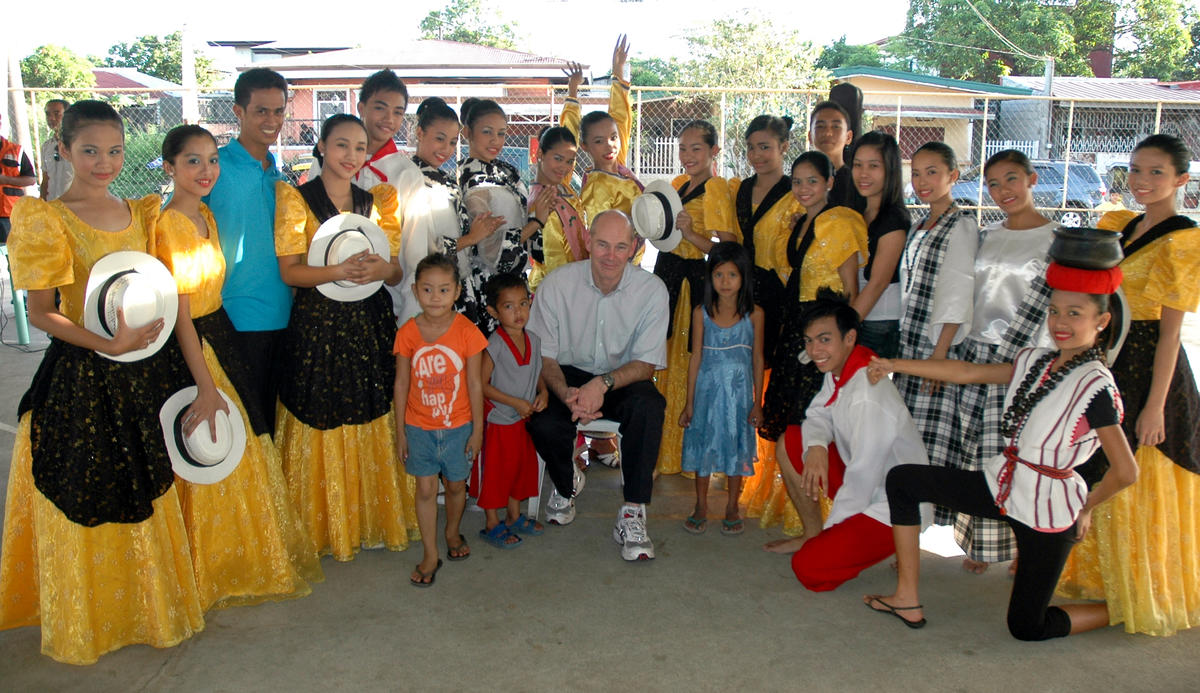
Local girls in the traditional outfit
Filipino men wear the Barong Tagalog, which is ornamented with traditional patterns and usually made from natural fabric. For the women, Baro’t Saya is the most common traditional costume, consisting of a blouse and skirt with many variations.
Days of Celebration:
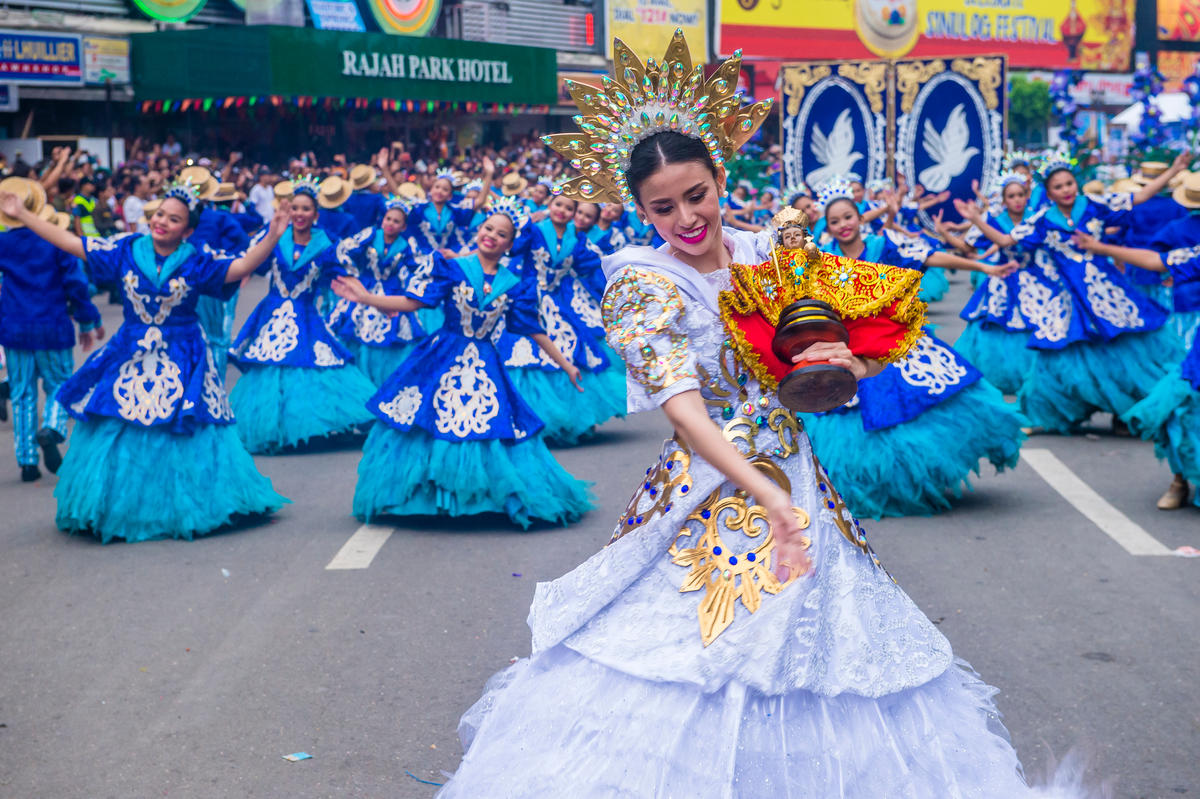
Dancers during the Sinulog festival
There are many religious festivals in the Philippines and some examples of them are the Ati-Atihan Festival and the Sinulog Festival. The Ati-Atihan Festival is one of the oldest celebrations that is celebrated for a whole week - highlights of this celebration are the mesmerizing tribal dances, loud drum beats, and Catholic rituals.
The Sinulog Festival is held as the centre of the Santo Niño Catholic celebrations. Aside from the religious aspect of the festival, Sinulog is also famous for its street parties, which usually happen the night before and the night of the main festival. The festival began in 1980, and includes the Sinulog dance, which is basically two steps forward and one step back, in time with the beating of drums.
Local food:
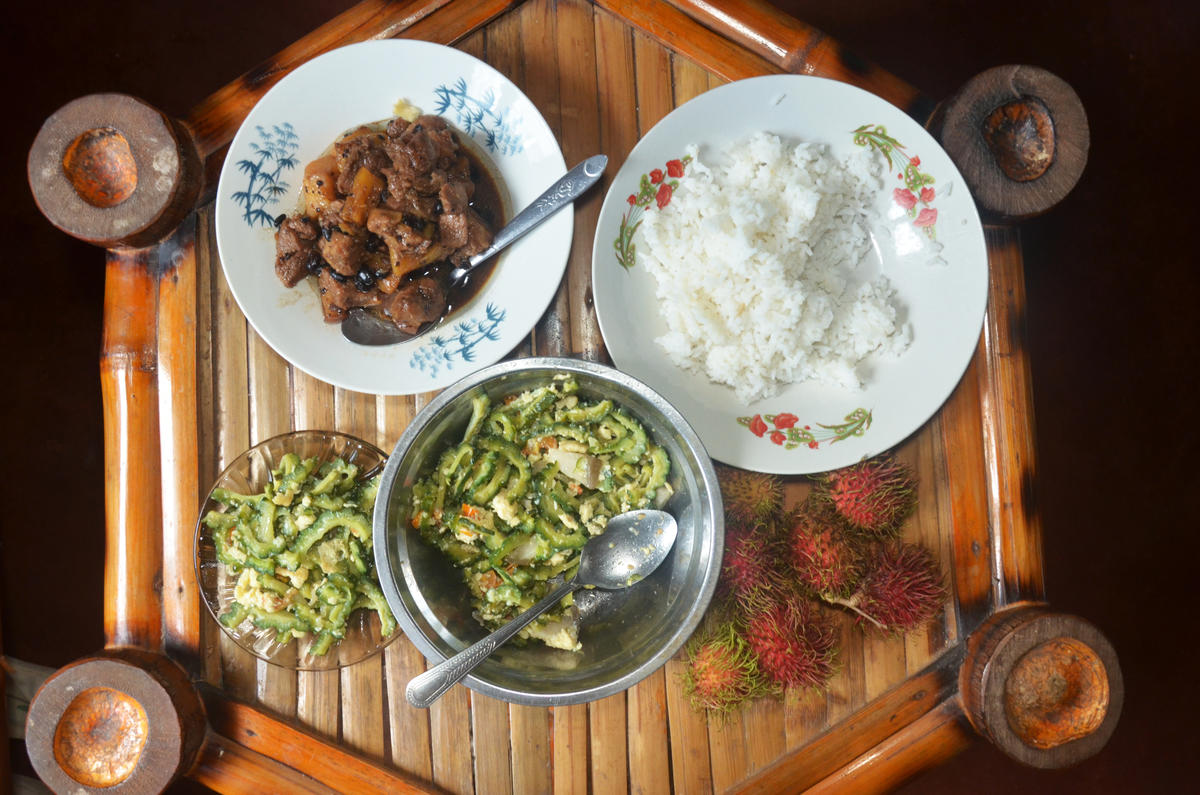
A Filipino meal of Adobong baboy (pork cooked in soy sauce, vinegar and garlic) served with ampalaya (bitter gourd
There are many interesting dishes to be found in the Philippines, including Lechon, Pancit, Sinigang, and Adobo, among others. The most popular and common dish among the named might just be the Lechon and Adobo. Lechon is a whole pig slowly roasted to achieve crispy skin and juicy meat while the Adobo is a meat dish with soy sauce and vinegar and is said to be the country’s unofficial national dish.
Fast Facts:
- It is normal for Filipinos to ask personal questions as they pride themselves on their hospitality, even to strangers.
- A quarter of all overseas nurses come from the Philippines, making it the top supplier of nurses in the world.
Together we’ve impacted the lives of over 200 million vulnerable children by tackling the root causes of poverty.
Learn about the culture, food and traditions of other countries we are supporting
Bangladesh | Cambodia | China | Ethiopia | Indonesia | Jerusalem-West Bank | Mongolia | Myanmar | Nepal | Philippines | Sri Lanka | Thailand | Vietnam | Zambia
